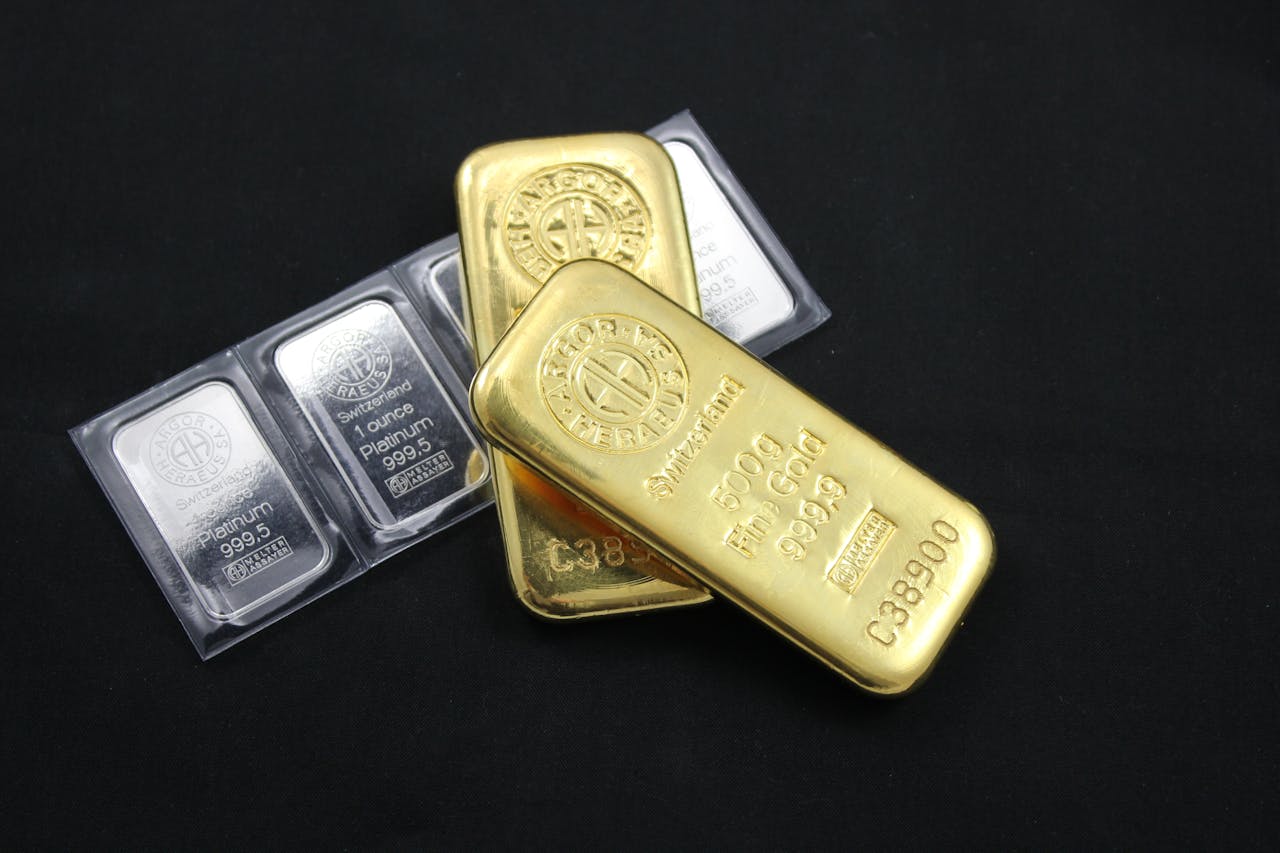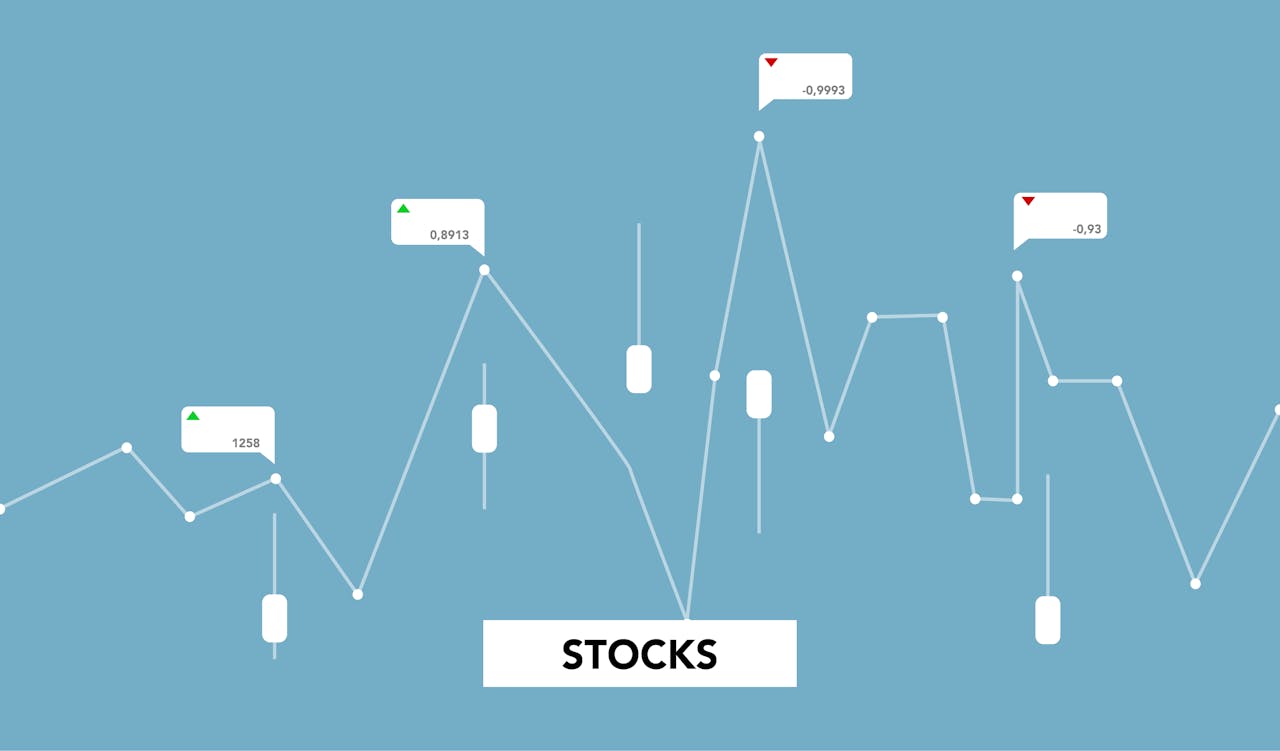In today’s rapidly shifting global economy, the Future of Precious Metals has been a topic of significant discussion. From gold to silver, platinum to palladium, these metals have been integral to both financial markets and industrial applications. As we look to the future, the demand for these metals will evolve, shaped by economic trends, technological advancements, and geopolitical factors. Understanding the future of precious metals is essential for investors, manufacturers, and consumers alike.
The Growing Demand for Precious Metals
In recent years, the demand for precious metals has been steadily increasing. Investors, seeking safe-haven assets, have turned to gold and silver during times of economic uncertainty. This trend is likely to continue, especially in the face of inflation, currency fluctuations, and global financial instability. As central banks around the world expand their monetary policies, the value of traditional currencies might decline, boosting the appeal of precious metals as a store of value.
Similarly, industrial demand for metals like palladium and platinum is expected to rise due to their use in technology and automotive industries. Palladium, for instance, is crucial in the production of catalytic converters, which are essential for reducing harmful emissions from vehicles. As global regulations tighten around environmental standards, the need for palladium may soar.
Technological Advancements and Their Impact
Technological innovation is another driving factor that will shape the future of precious metals. One notable development is the increasing use of these metals in electronics, renewable energy, and battery technologies. Gold, for example, is used in high-performance electronic devices due to its excellent conductivity and resistance to corrosion. As the world transitions to renewable energy, the demand for certain metals, like silver and platinum, is likely to rise. Silver, in particular, is a key component in solar panels, and as the demand for clean energy grows, so too will the need for silver.
In addition, the development of electric vehicles (EVs) will place increased pressure on the demand for precious metals. Both platinum and palladium are utilized in the production of hydrogen fuel cells, an emerging technology with the potential to revolutionize the energy sector. As more automakers focus on sustainable energy sources, the demand for these metals will continue to grow.
Geopolitical Factors and Market Dynamics
Geopolitical factors will play a significant role in the future of precious metals. The global distribution of resources and trade policies will influence both supply and demand. For instance, geopolitical tensions in regions rich in precious metal resources—such as South Africa (platinum) and Russia (palladium)—could disrupt supply chains and lead to price volatility.
Additionally, the emergence of new mining operations and the development of recycling technologies will impact the availability of precious metals. As mining companies adopt more sustainable practices, the long-term viability of precious metal supply could become more stable. However, challenges such as environmental concerns and regulatory hurdles may complicate these efforts.
The Role of Precious Metals in Portfolio Diversification
As the global economy becomes more unpredictable, investors are increasingly turning to precious metals for portfolio diversification. These metals offer a level of stability and security, especially when equity markets experience volatility. Historically, precious metals have been considered a hedge against inflation, providing investors with protection against currency devaluation.
Furthermore, the low correlation between precious metals and other asset classes—such as stocks and bonds—makes them an attractive option for diversifying investment portfolios. By incorporating precious metals into a balanced portfolio, investors can reduce risk and enhance their chances of achieving long-term financial goals.
The Environmental Impact of Precious Metal Mining
While the future of precious metals looks promising, it’s important to consider the environmental implications of mining activities. Mining for these metals can have a significant environmental impact, including habitat destruction, water pollution, and carbon emissions. As the world becomes more environmentally conscious, there will likely be increased scrutiny on the practices of mining companies.
To address these concerns, there has been a growing focus on sustainable mining practices. Companies are adopting technologies that reduce the environmental footprint of mining, such as using renewable energy in the extraction process or recycling materials from electronic waste. The continued development of eco-friendly technologies will be essential in mitigating the negative effects of mining while ensuring a steady supply of precious metals.
Investing in Precious Metals: A Strategy for the Future
For those looking to capitalize on the future of precious metals, a variety of investment strategies can be employed. Investors can choose to purchase physical metals, such as coins or bars, or opt for financial products like ETFs (Exchange-Traded Funds) and mutual funds that track the price of precious metals.
While investing in physical metals offers the advantage of owning tangible assets, it also requires secure storage and insurance. On the other hand, financial products like ETFs provide easy access to the precious metals market without the need for physical storage.
Moreover, investors should consider the long-term outlook of each metal. Gold, while traditionally seen as a safe-haven asset, may face challenges in terms of supply due to limited new discoveries. In contrast, silver and palladium have growing industrial demand, which could result in price increases over time.
The Future of Precious Metals: Uncertainty and Opportunity
The future of precious metals in a changing global economy is filled with both uncertainty and opportunity. While the demand for these metals is expected to rise due to factors such as technological advancements, industrial growth, and economic uncertainty, there are also challenges to consider. Geopolitical tensions, environmental concerns, and market volatility could all impact the price and availability of precious metals.
Nevertheless, the long-term outlook for precious metals remains positive. Their importance in global trade, technology, and investment strategies ensures that they will continue to play a vital role in the world economy. As investors and industries adapt to the evolving market, precious metals will remain an essential asset for securing wealth and advancing technological innovation.
Conclusion
In conclusion, the future of precious metals is intricately tied to the broader trends shaping the global economy. From rising industrial demand to the impact of technological innovations, these metals will continue to be in high demand. However, geopolitical factors and environmental concerns will also play a critical role in shaping the market dynamics. For investors, precious metals offer a unique opportunity for diversification and long-term growth. By staying informed and adapting to the changing landscape, individuals and businesses alike can position themselves to thrive in the future of the precious metals market.
Check out our Facebook or X accounts.
For more topics check here.



